Category: Design
-
Is it possible to go beyond text-based approaches to graphic design?
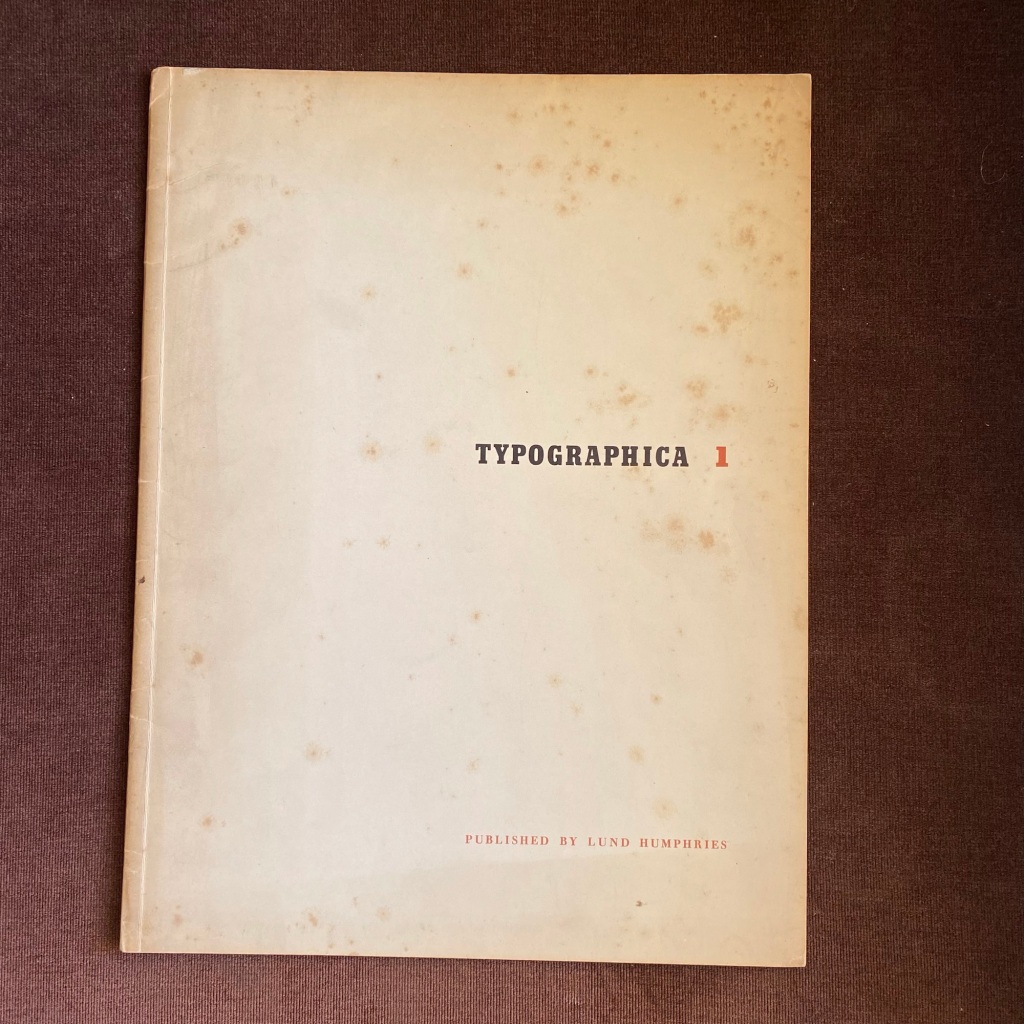
I am a fan of the magazine Typographica, edited by Herbert Spencer between 1949 and 1967 in two series. The second series was the inspiration for Eye magazine. I ordered the first issue of the first series for an article by Charles Hale about image and text. In graphic design, it is pretty rare to…
-
“Design by Accident” review
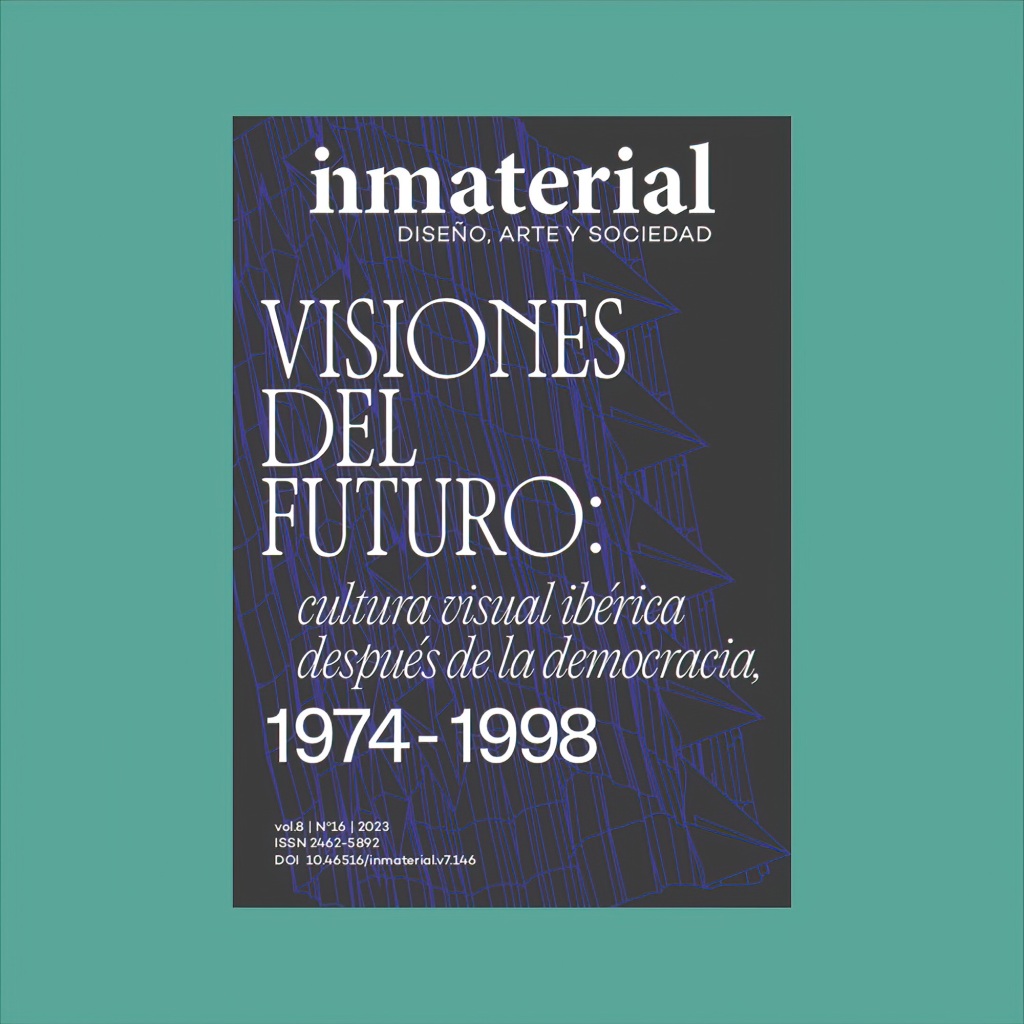
I published a review of Design by Accident by Alexandra Midal in Inmaterial. Diseño, Arte y Sociedad. Enjoyed re-reading and analyzing it deeply. Thanks to the team, especially Patrícia Cativo.
-
Image’s Natural Origins: Tree leaves and banknotes
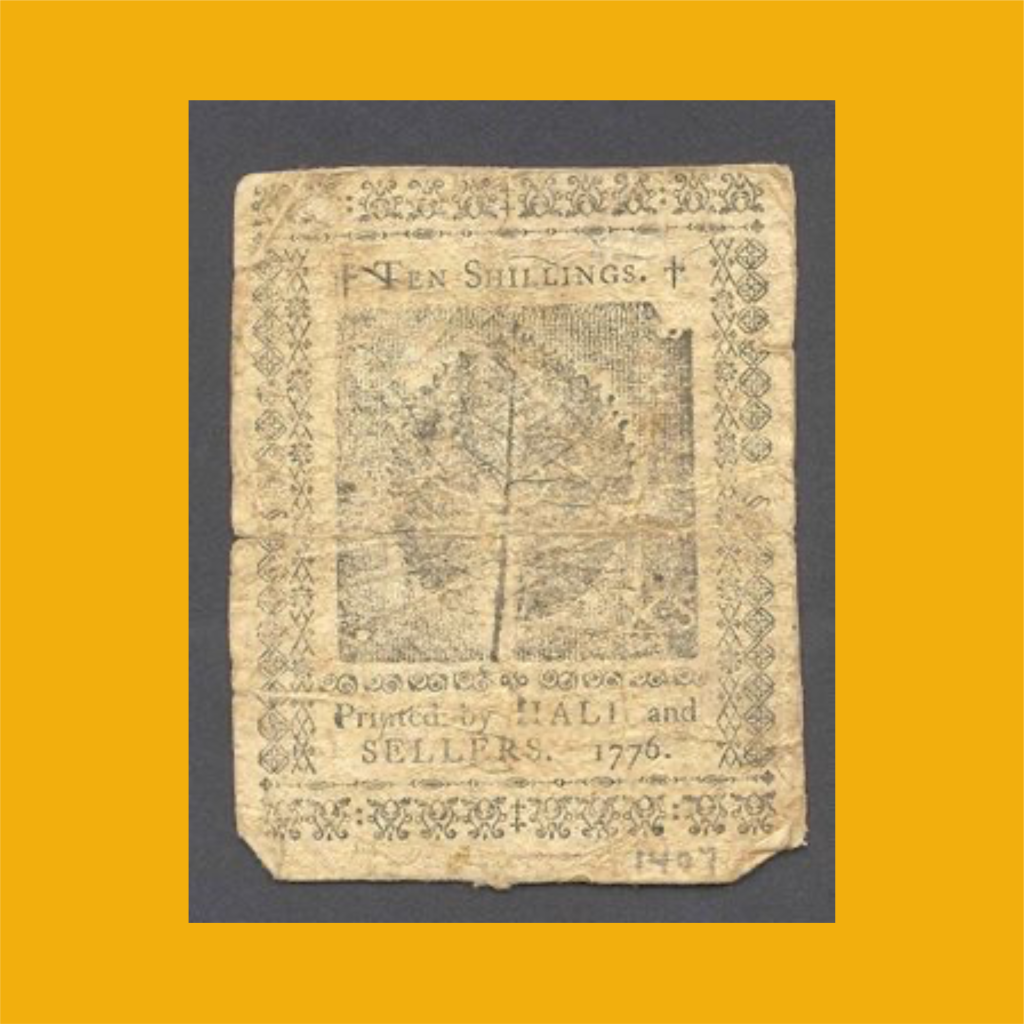
Banknotes created by Benjamin Franklin from lead matrices printed from a mold of tree leaves. The process was developed to prevent counterfeiting. Horst Bredekamp speaks about Franklin’s banknotes in his book Teoria do Acto Icónico: “These banknotes that […] guaranteed greater resistance to counterfeiting, allowed for the first time a widespread and reliable circulation of…
-
Images, Design, and Unexpected Encounters: A Personal Narrative
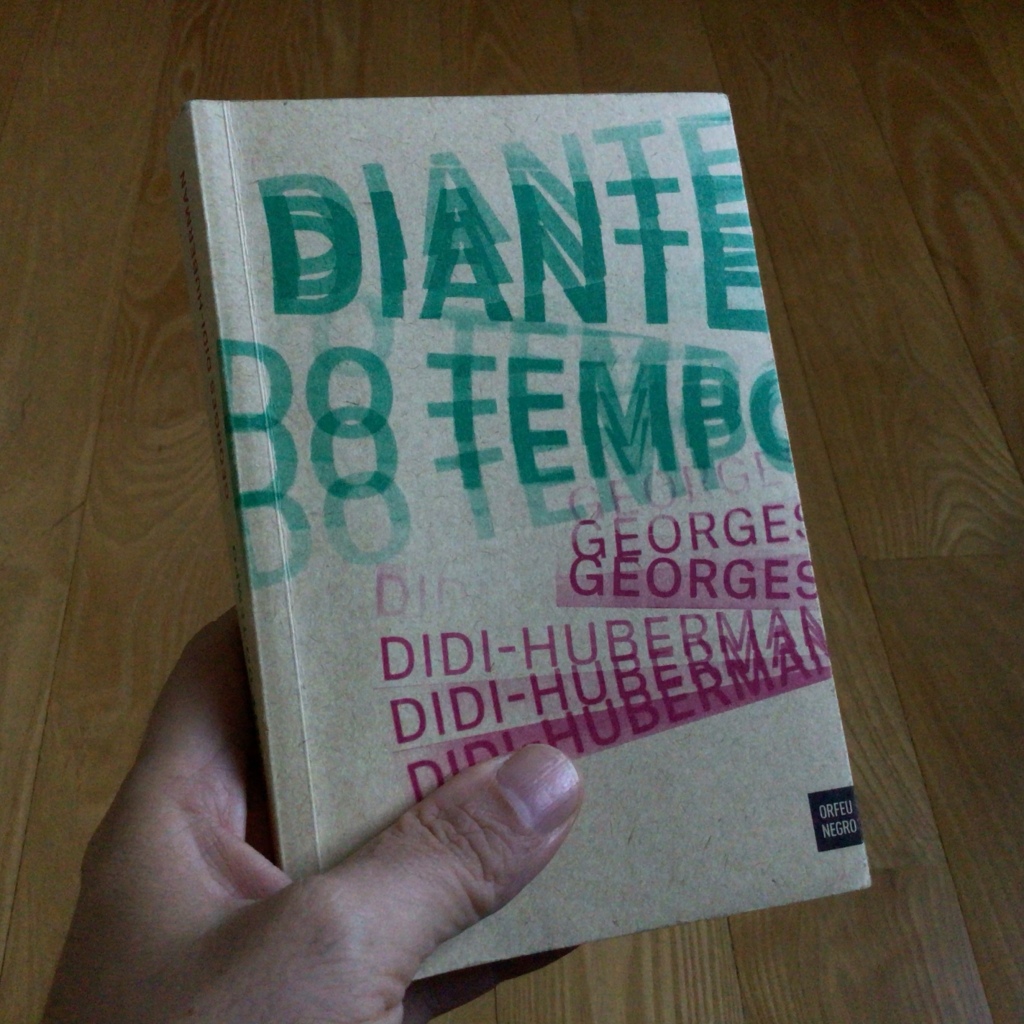
This is one of the books I like the most. It was given to me under unusual circumstances. In 2017, I went to the Orfeu Negro headquarters in Lisbon to finalize the details of the book that would become ‘O Design que o Design Não Vê’ (The Design That Design Doesn’t See). It didn’t have…
-
The Social Photo: On Photography and Social Media, Nathan Jurgenson
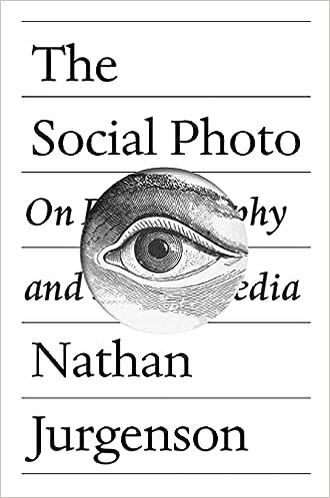
I just reread “The Social Photo: On Photography and Social Media” by Nathan Jurgenson. The title says it all: it’s about the social image, which is no longer just representation, nor can it be evaluated by the standards of artistic or documentary photography. It’s an image that serves to communicate within a network, living on…
-
The images of Sinéad O’Connor

I have been reading many reactions to the death of Sinéad O’Connor. They never touch on an important aspect of her work. One of Miguel Esteves Cardoso’s recent columns is an example of this omission. He writes that we don’t really want to “get to know the artist behind the work. […] We like the…
-
AI Generates Unrequested Donald Trumps
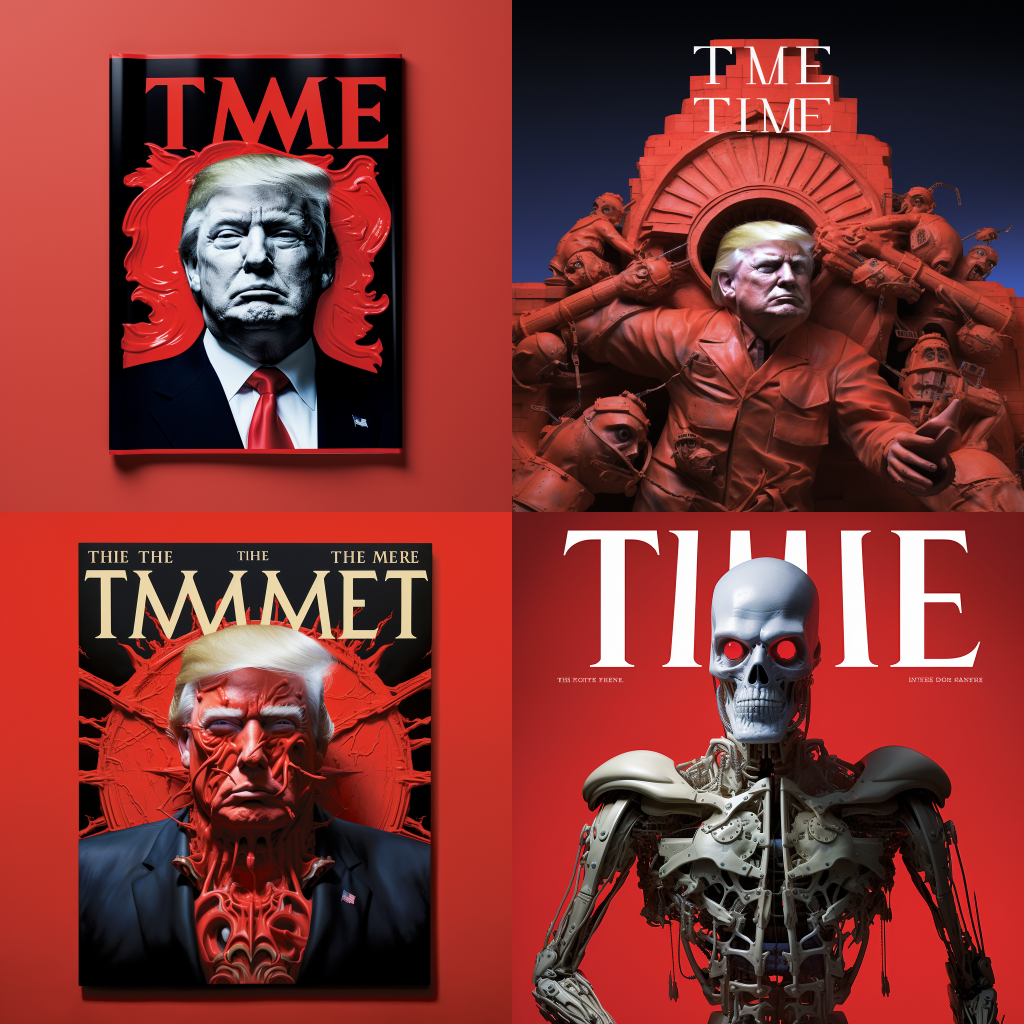
Every once in a while, I subscribe Midjourney and run some tests. In this one, I just asked for “Times Magazine masthead.” It generated three (unrequested) Donald Trump covers and a fourth that seems to be, appropriately, about the dangers of AI.
-
Do AIs dream of corporate brands?
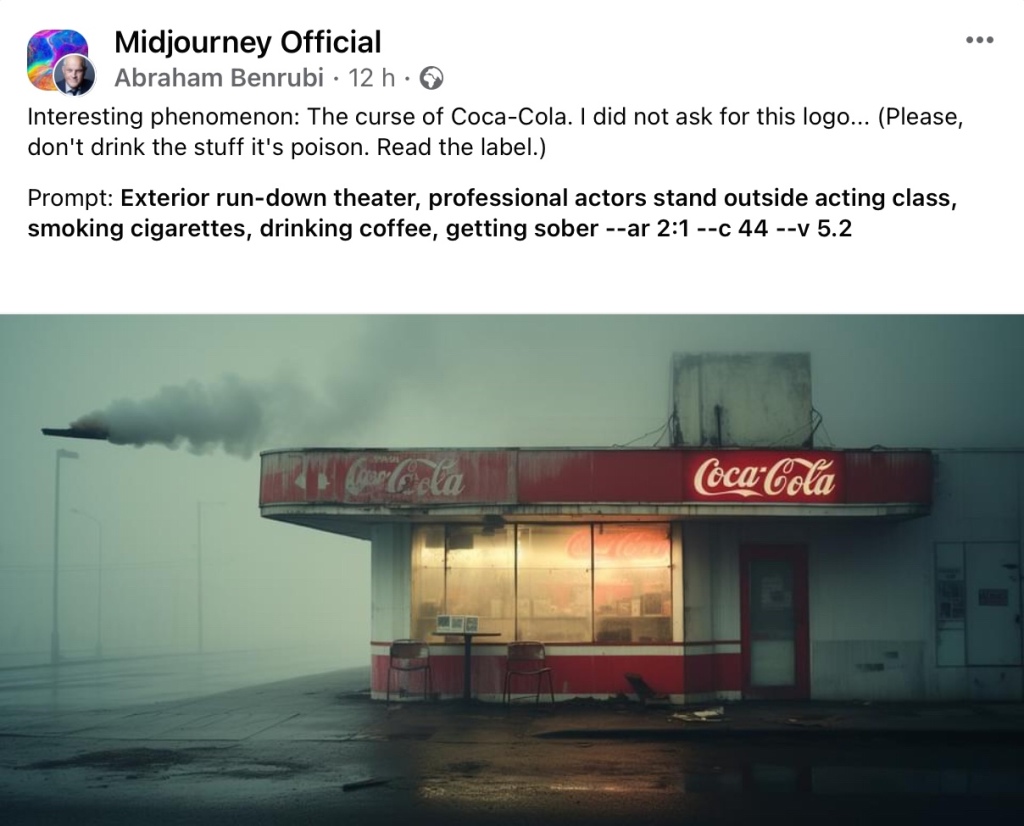
Midjourney generates Coca-Cola logos spontaneously so often that there is a name for the phenomenon: the Coca-Cola Curse. What astonishes me is the legibility of these logos, unlike most AI-generated text. The first image was created by Abraham Benrubi. The subsequent images were prompted by me using simple requests for the brand’s name. Interestingly, to…
-
Is there an ethics of graphic design?
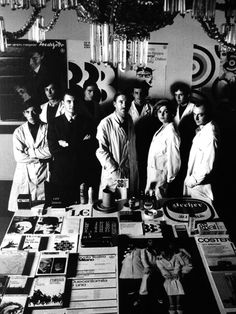
It is almost a commonplace to state that all design is political. If nothing else, it is often added, because everything is political. Regarding ethics, the situation could not be more distinct: there are frequent appeals for the development of an ethics of design. Ethics is almost always placed outside of design, in the future…
-
Why the aversion to self-reflexive design?
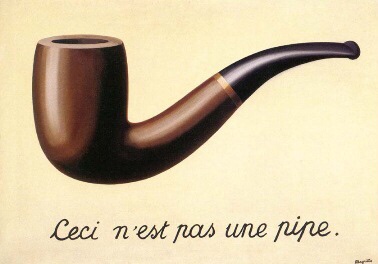
W.J.T. Mitchell developed the idea of Metapictures in the book “Picture Theory” (1994). These are images about images. They can be cartoons about cartoons, photographs about photography, cartoons about photography, and so on. They can even theorize about images – hence “Picture Theory.” Magritte’s painting “The Treachery of Images,” commonly known as “This is not…
